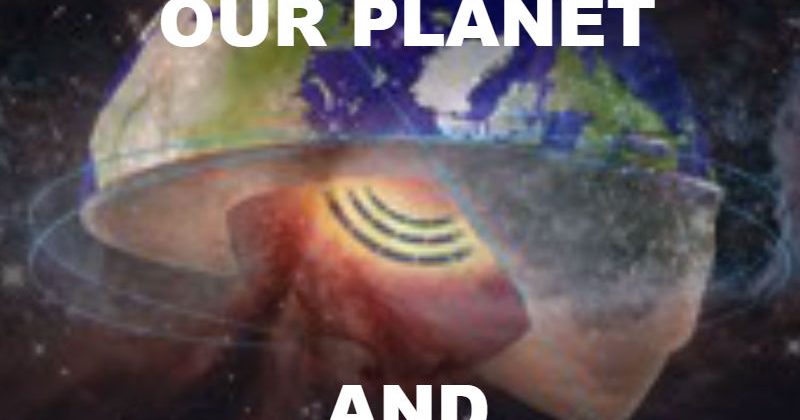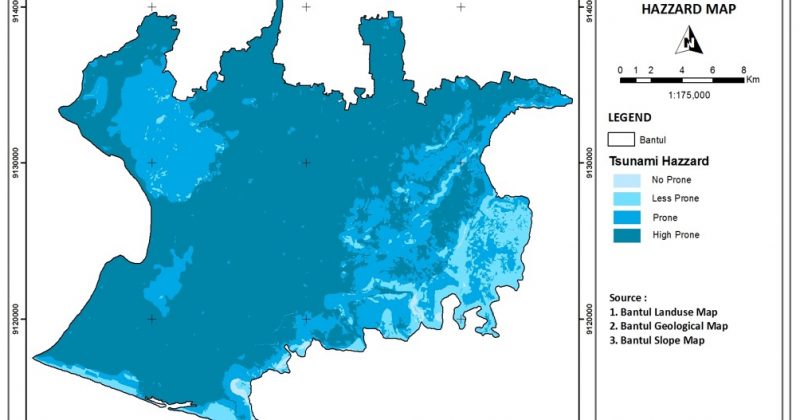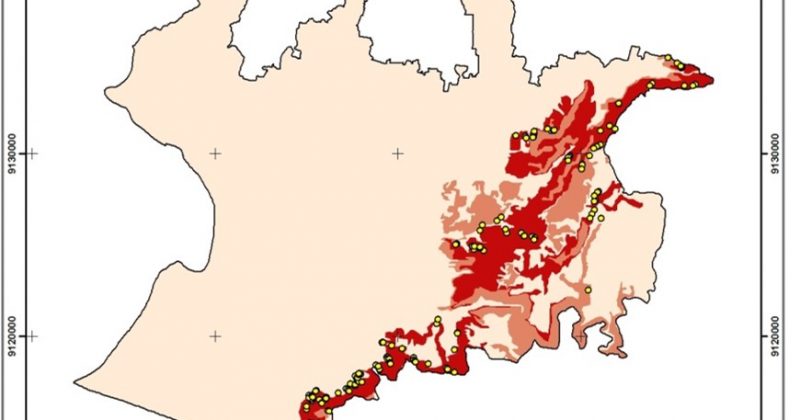
UNDERSTANDING OUR PLANET Q/A #2- Why doesn’t Earth keep getting larger if the rocks is continually created?
UNDERSTANDING OUR PLANET Q/A #2- Why doesn’t Earth keep getting larger if the rocks is continually created? - The concept of rock creation is similar as a cycle. The rocks that are formed on the outside of the earth come from the inside of the earth. Therefore, when rocks are formed on the outside of the earth, they leave empty spaces inside the earth. In reality, the "empty space inside" that I mentioned could be very small and is not deep in the earth's crust. Rocks are formed from lava (igneous rocks) or from part of the earth's crust (sedimentary rocks).Rocks are created at rift zones in the crust--they are also plowed into the mantle at subduction zones and melt.They don't add any weight to the earth because when the weight of the rocks is added to the weight of the rest of the earth, the total weight is the same as it was before the rocks were formed.
Generally saying,...


